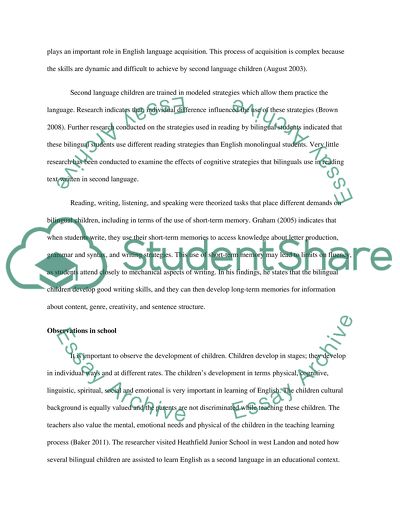Cite this document
(“Policy And Practice In The Education Of Bilingual Children Essay”, n.d.)
Retrieved from https://studentshare.org/education/1392976-policy-and-practice-in-the-education-of-bilingual-children
Retrieved from https://studentshare.org/education/1392976-policy-and-practice-in-the-education-of-bilingual-children
(Policy And Practice In The Education Of Bilingual Children Essay)
https://studentshare.org/education/1392976-policy-and-practice-in-the-education-of-bilingual-children.
https://studentshare.org/education/1392976-policy-and-practice-in-the-education-of-bilingual-children.
“Policy And Practice In The Education Of Bilingual Children Essay”, n.d. https://studentshare.org/education/1392976-policy-and-practice-in-the-education-of-bilingual-children.


